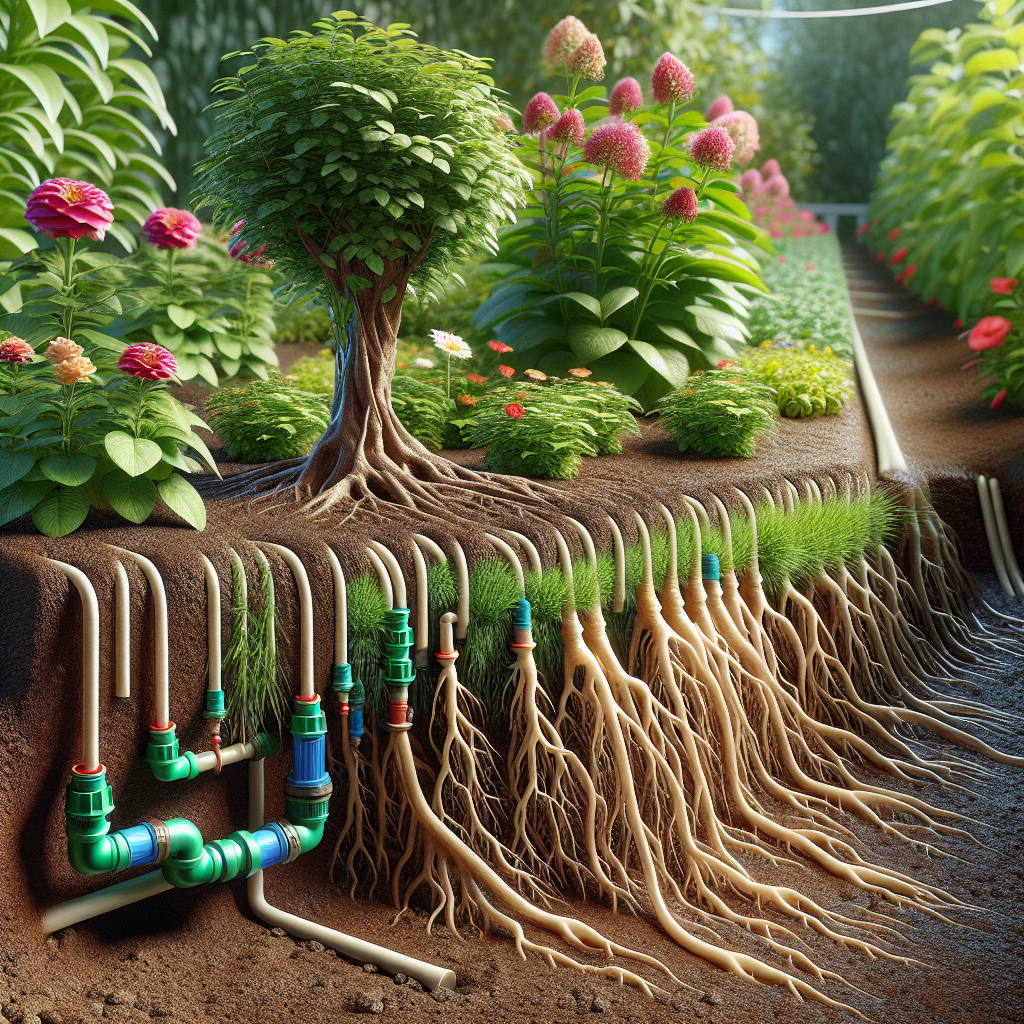Table of Contents
When it comes to efficiently watering plants and crops, the use of slow-drip irrigation systems has gained popularity among farmers and gardeners. This method of irrigation involves delivering water directly to the root zone of plants at a slow and steady rate. Unlike traditional methods such as sprinklers or flood irrigation, slow-drip systems help conserve water, reduce evaporation, and promote healthy plant growth. In this article, we will explore the various benefits of utilizing a slow-drip irrigation setup and why it may be the ideal solution for your watering needs.
Whether you are a seasoned farmer looking to improve crop yields or a novice gardener trying to keep your plants healthy, understanding the advantages of slow-drip irrigation can help you make informed decisions about your watering practices. From water conservation to improved plant health, implementing a slow-drip system can have numerous positive effects on the environment and your garden’s overall well-being.
The Benefits of Slow-Drip Irrigation
1. Water Conservation
One of the primary benefits of using a slow-drip irrigation setup is its ability to conserve water. By delivering water directly to the root zone of plants at a slow rate, this method minimizes runoff and evaporation compared to traditional watering techniques. This targeted approach ensures that plants receive just the right amount of water they need without wasting any excess.
2. Improved Plant Health
Slow-drip irrigation helps promote healthier plant growth by providing consistent moisture levels to the roots. This steady supply of water prevents under- or over-watering, which can lead to stressed or unhealthy plants. Additionally, by avoiding wet foliage and minimizing soil compaction, slow-drip systems reduce the risk of diseases such as mildew or root rot.
3. Weed Control
Another advantage of utilizing a slow-drip system is its ability to target water delivery only to desired plant roots. By avoiding excess moisture on the soil surface where weed seeds often germinate, this method helps suppress weed growth naturally. Additionally, since there is less water runoff with slow-drip irrigation, weeds are less likely to spread due to disturbed soil.
4. Customizable Watering Schedule
Slow-drip systems offer flexibility in watering schedules, allowing users to adjust frequency and duration based on specific plant needs or environmental conditions. This customization ensures that plants receive adequate hydration during hot summer months or periods of drought while conserving water during cooler seasons or rainy days.
5. Reduced Soil Erosion
By delivering water directly to the root zone without causing surface runoff, slow-drip irrigation minimizes soil erosion in gardens and fields. Soil erosion can result from excessive watering or heavy rainfall, leading to loss of topsoil nutrients and compaction issues that hinder plant growth. With a slow-drip system in place, soil erosion is significantly reduced, preserving valuable soil resources for future planting.
Frequently Asked Questions (FAQ)
Q: Can I use a slow-drip system for both indoor and outdoor plants?
A: Yes! Slow-drip irrigation setups are versatile and can be used for watering both potted indoor plants and outdoor garden beds.
Q: How do I know if my plants are getting enough water with a slow-drip system?
A: Monitor your plants regularly for signs of dehydration (wilting leaves) or over-watering (yellowing leaves). Adjust your watering schedule accordingly based on their condition.
Q: Are there different types of drip emitters available for slow-drip systems?
A: Yes! Drip emitters come in various flow rates (measured in gallons per hour) to suit different plant types and watering needs. Choose emitters that match your specific requirements.
Q: Can I automate my slow-drip system with a timer?
A: Absolutely! Installing a timer with your drip system allows you to set precise watering schedules without manually adjusting valves each time.
By incorporating these benefits into everyday gardening practices with a slow drip-irrigation system setup above-ground….(continue writing).













